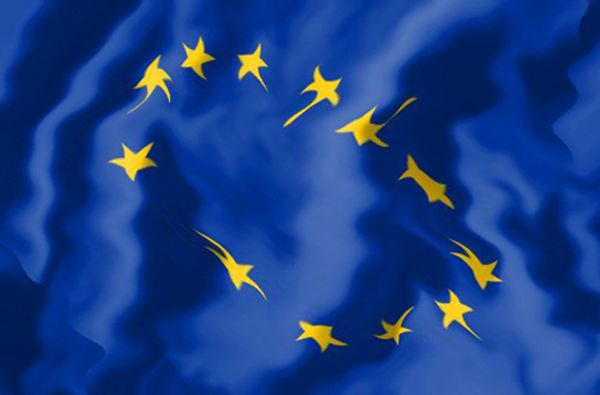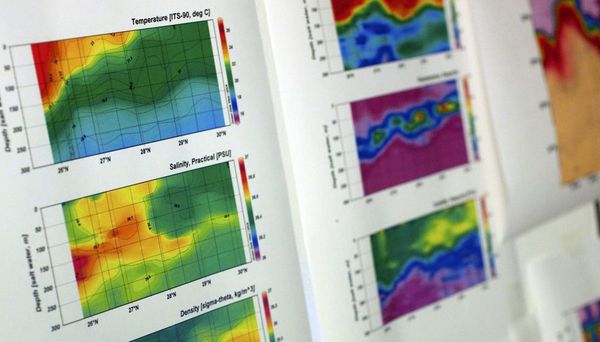Expertise
MSFD and the "good environmental status"
Ulrike Kammann | 2021
The European Marine Strategy Framework Directive (MSFD): What is actually its goal and what role does the Thünen Institute play in this?
The Marine Strategy Framework Directive (MSFD) is a European body of rules for protection of the seas. The overall goal of this guideline, which came into force in 2008, is to reach the “good environmental status” in European seas. But what is the good environmental status? The guideline defines 11 topics, the descriptors, which have to be considered for the evaluation of the environmental status:
- D1 Biodiversity
- D2 Non-indigenous species
- D3 Population of commercial fish species
- D4 Condition of food webs
- D5 Eutrophication
- D6 Sea floor integrity
- D7 Hydrographical conditions
- D8 Contaminants
- D9 Contaminants in seafood
- D10 Marine litter
- D11 Introduction of energy (including underwater noise)
One merit of the MSFD is to cover also new topics such as underwater noise and marine litter. Mentioning these topics in the list of MSFD descriptors has brought them more into the focus of European research.
Other prerequisites of this guideline are the ecosystem approach and the integrated view of the results. This means that, ideally, a single response should be distilled from the various input data, which then describes the state of the environment. Unlike the related Water Framework Directive, the MSFD does not use a classification system. Rather, it focuses on the difference between "good" and "not good".
How is it possible to make an overarching environmental assessment out of the many different monitoring data? Although the MSFD sets the goal "good environmental status in all European seas" and defines some boundary conditions, it leaves the way of data integration open. The international community has now agreed on a way forward. Leading experts – also from the Thünen Institute – decide which indicators (for example mercury in fish) should be considered among the 11 descriptors and regularly adapt the list.
For some indicators, experts from Germany have taken the lead. For each indicator a threshold value has to be defined, which marks the border between the "good" and the "no longer good" environmental status. To discuss threshold values, a broad data base is required, to which the Thünen Institute also contributes.
In concrete, we have developed a Fish Disease Index that integrates various diseases and parasites in marine fish.
Thünen and the MSFD
Together with experts from Germany and other European countries, we are developing the modules for the MSFD. In our three institutes (Sea Fisheries, Baltic Sea Fisheries, Fisheries ecology) we are competent for several of the 11 MSFD descriptors as well as for numerous subtopics, the indicators. Therefore, the cooperation here is very close not only with external partners, but also between the three specialized institutes.
In some cases, we have been collecting corresponding monitoring data for more than 20 years. We regularly report these data to national and international databases so that our measured values are included in national and international assessments. We are actively involved in the preparation of the current environmental assessment in Germany. This is another reason why our scientists are in demand in national and international committees on the MSFD.



![[Translate to English:] Logo des Bundesministerium für Ernährung und Landwirtschaft](/media/allgemein/logos/BMEL_Logo.svg)